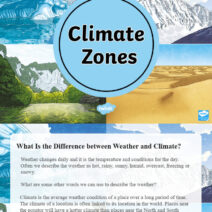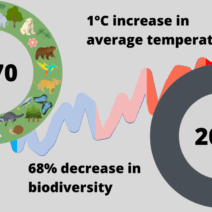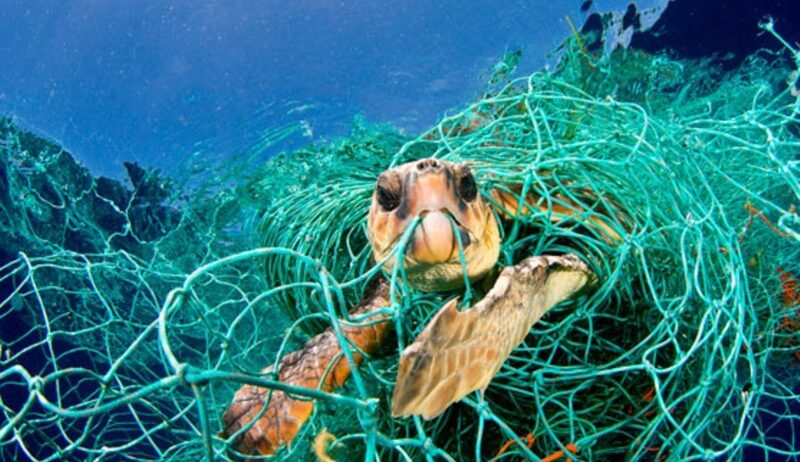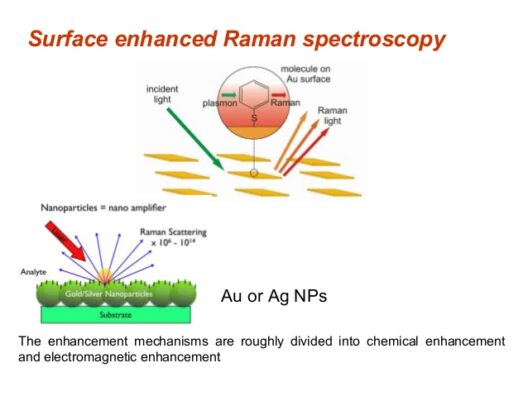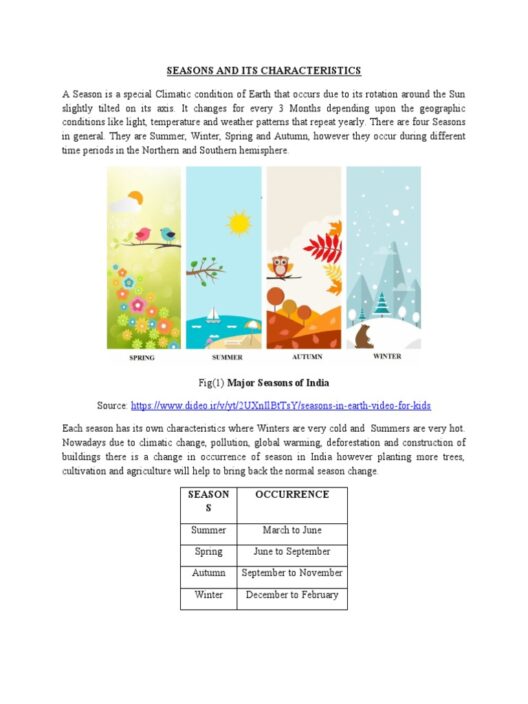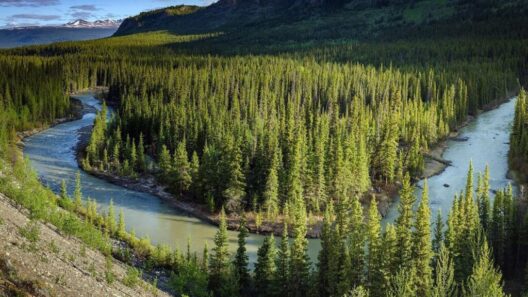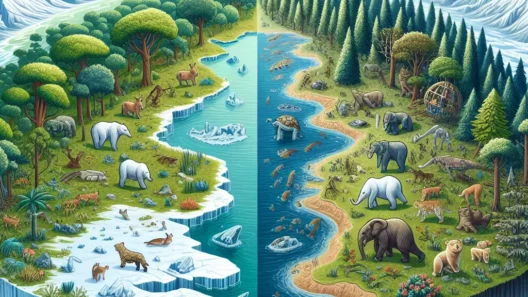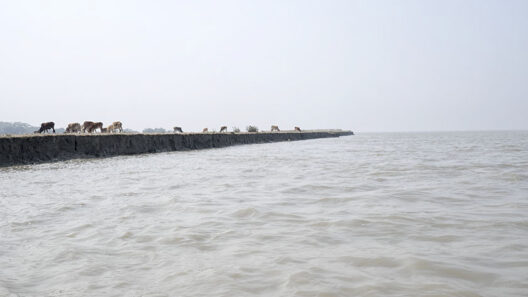Hawksbill and green turtles are two of the most charismatic marine species, embodying the delicate balance of ocean ecosystems. However, climate change, a prodigious force of nature, is altering their habitats and survival. As temperatures rise and sea levels climb, these majestic creatures face unprecedented challenges. Understanding the multifaceted impacts of global warming on hawksbill and green turtles is imperative for fostering effective conservation strategies. This exploration will dissect various aspects of climate change, its effects on these turtles, and the necessary shifts in perspective needed to safeguard their future.
The hawksbill turtle (Eretmochelys imbricata) and the green turtle (Chelonia mydas) are distinguished not only by their unique appearances but also by their ecological roles. The hawksbill’s striking shell and formidable beak enable it to feed on sponges, maintaining the health of coral reefs. The green turtle, distinguished by its olive-brown coloration and primarily herbivorous diet, plays a vital role in seagrass bed preservation. Both species contribute significantly to marine biodiversity. However, their survival amidst the rising tide of climate change is in peril.
At the most fundamental level, one of the most immediate threats posed by global warming is habitat degradation. Rising sea temperatures have been linked to coral bleaching, a phenomenon in which corals expel the symbiotic algae living within them. This breakdown not only destroys coral reefs but also disrupts the entire ecosystem, resulting in diminished food sources for hawksbill turtles. The loss of coral reefs consequently diminishes the habitats available for various marine organisms, igniting a cascade of ecological ramifications. It is a clarion call for action, as the loss of one species can provoke the decline of others, ultimately dismantling entire marine communities.
Moreover, sea level rise threatens nesting sites crucial for the reproductive success of both hawksbill and green turtles. As shorelines erode and beach habitats vanish, nesting grounds become scarce. Green turtles rely on sandy beaches to lay their eggs, while hawksbills prefer to nest in similar coastal environments. With increasing frequency, we witness storms intensifying due to climate change, wreaking havoc on these fragile nesting sites. The implications are dire: if female turtles cannot find suitable locations to nest, the birth rates of future generations are jeopardized. This can lead to population declines, raising alarm bells across conservation communities.
Interestingly, temperature also influences the sex ratios of turtle hatchlings due to its impact on the incubation period of their eggs. The nests that warmer temperatures produce yield a higher ratio of female turtles, potentially leading to a situation where the population dynamics shift disproportionately. This phenomenon raises questions about genetic diversity, resilience, and the overall health of each species. A skewed sex ratio could exacerbate issues related to breeding and recovery, establishing a precarious foundation for future generations of hawksbill and green turtles.
In tandem with habitat loss and altered sex ratios, increased ocean acidity presents another formidable challenge. As carbon dioxide levels rise in the atmosphere, a significant portion of this gas is absorbed by the oceans, resulting in chemical changes that affect marine life. Ocean acidification is detrimental to the growth and health of corals and other marine organisms that are critical to the sea turtles’ diets. Additionally, increased acidity may inhibit the development of turtle hatchlings, compromising their survival rates. Every aspect of their existence appears threatened, underlining the interconnected nature of climate issues.
Moreover, pollution, exacerbated by climate change, poses a dire threat to sea turtle populations. Plastic pollution, in particular, has become ubiquitous in marine environments; hawksbill and green turtles often mistake plastic bags for jellyfish, a primary food source. Ingesting plastic can lead to starvation, malnutrition, and internal injury. The toxic substances that permeate polluted waters can also enter the turtles’ bodies, resulting in long-term health issues. This intersection of pollution and climate change underlines the critical need for activists and policymakers to unite in concerted efforts to combat these issues holistically.
While the challenges are daunting, it is imperative to shift our perspectives toward a more hopeful outlook. Conservationists and scientists around the globe are working diligently to understand these impacts and formulate effective strategies. Initiatives such as protected marine areas, community-based conservation programs, and efforts to mitigate climate change through reduced carbon emissions can create a ripple effect of positive change for hawksbill and green turtles. Raising awareness about the importance of biodiversity, as well as fostering global cooperation to combat climate change, is essential.
In conclusion, the time to act is now. Hawksbill and green turtles symbolize the intricate web of life within our oceans. The ramifications of global warming are profound and far-reaching, threatening their habitats, reproductive success, and overall survival. By understanding the interconnectedness of these issues, we can cultivate a renewed sense of responsibility towards our environment. Protecting these magnificent creatures from extinction isn’t just an ecological necessity; it is a moral obligation, a testament to our commitment to preserving the planet’s integrity for generations to come. By embracing proactive measures and integrating them into our everyday lives, we can foster a sustainable future for hawksbill and green turtles, alongside the myriad of species with whom they share their habitats.
